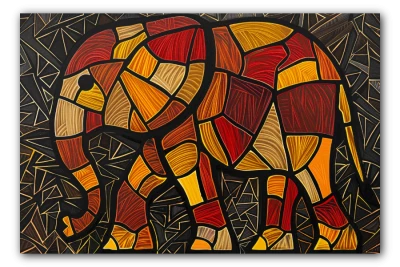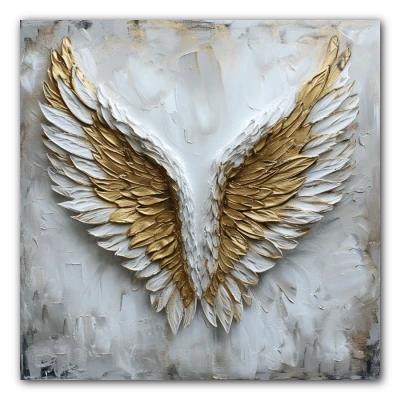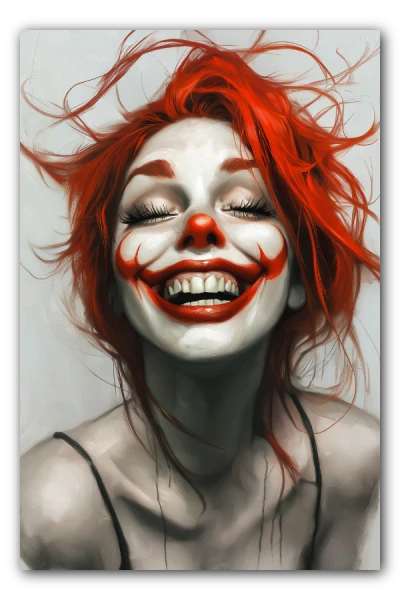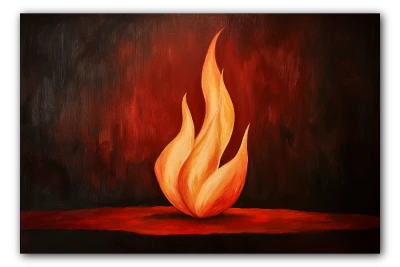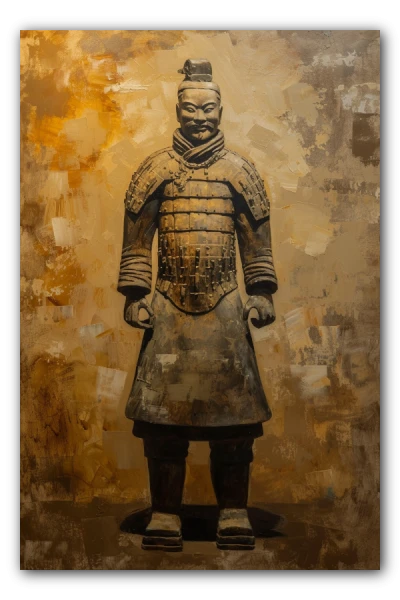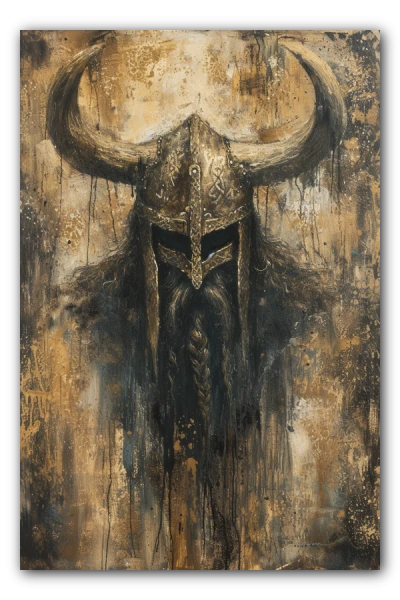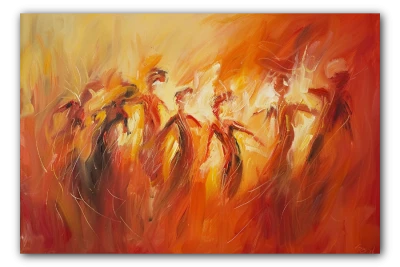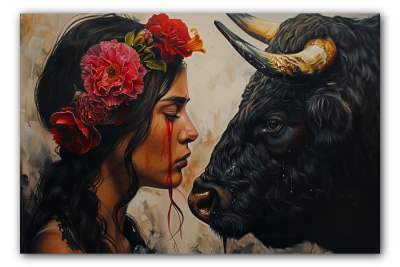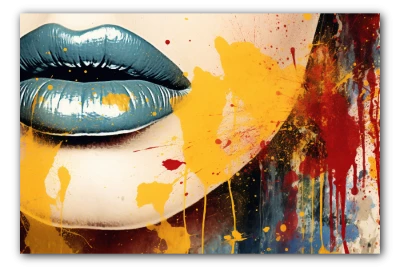Expressionism
The Soul in Flames: Expressionism as Emotional Testimony


History of Expressionism
Expressionism is a cultural movement that emerged primarily in Germany at the beginning of the 20th century. Encompassing various fields such as painting, literature, film, and theater, the movement is characterized by a tendency to distort reality to express emotions and psychological effects.
This artistic movement had its roots in the unrest and disillusionment generated by the social and urban conditions of the time, and as a reaction against Impressionism, which emphasized the objective representation of light and nature. Spanning theories from Symbolism to Fauvism, Expressionism sought to represent moods and feelings rather than external reality.
Expressionism developed into two main groups: Die Brücke (The Bridge), founded in 1905 in Dresden, and Der Blaue Reiter (The Blue Rider), established in 1911 in Munich. Both groups shared the desire to break from traditional artistic conventions, though they differed in their stylistic and thematic approaches.
Techniques and Characteristics of Expressionism
Expressionists used vivid, vibrant, and often unnatural colors to convey their intense personal emotions. Brushstrokes are generally aggressive and visible, and lines are often distorted. Among the techniques, it is common to find the application of thick paint (impasto) and the use of symbolism to represent more abstract ideas or moods.
In addition to painting techniques, many Expressionists also experimented with printmaking, a practice particularly effective for communicating political or social messages due to its capacity for mass reproduction and distribution.
Influential Expressionist Painters and Works
Several figures stood out within the Expressionist movement, whose works are now icons of 20th-century art.
- Edvard Munch: Considered a precursor of the movement, his most famous work is "The Scream" (1893), a universal symbol of anxiety and alienation.
- Ernst Ludwig Kirchner: Founder of Die Brücke, his work "Street, Berlin" (1913) reflects modern urban life with distorted forms and strident colors.
- Emil Nolde: His works, such as "The Last Supper" (1909), are known for their intense use of color and exploration of religious themes with a unique Expressionist approach.
- Vasily Kandinsky: A pioneer of abstract art, some of his fundamental contributions to Expressionism include works like "Composition VII" (1913), considered one of the first fully realized abstract artworks.
- Käthe Kollwitz: Through prints and lithographs, she portrayed social struggles and human suffering, as in her series "The Weavers' Revolt" (1893-1897).
These are just some of the exponents of a vast and diverse movement that left an indelible mark on art history.
Influence and Legacy of Expressionism
The impact of Expressionism extends beyond the visual arts, influencing areas such as music, theater, and film. Directors like Fritz Lang and F.W. Murnau, with films such as Metropolis and Nosferatu respectively, demonstrated how Expressionist techniques could be applied to create dramatic atmospheres and communicate psychological tensions.
In art, its influence can be seen in subsequent movements such as abstract art, surrealism, and contemporary art. The preference for emotional expression over realistic representation continues to resonate in the works of many 20th and 21st-century artists.
